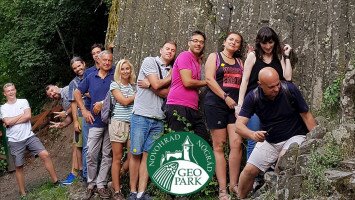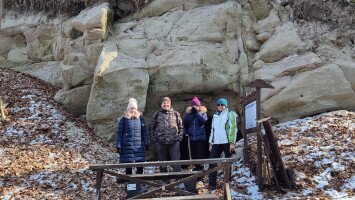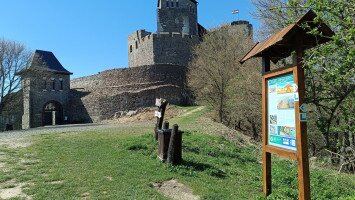
Őszi Geoparkos hírek határon innen és túl
Szeptemberben számos eseménnyel beköszöntött az ősz a palócok transznacionális geoparkjába, határon innen és túl. Folyamatosan bővülő hírcsatornánkhoz érdemes lesz vissza-visszatérni.
Read more















